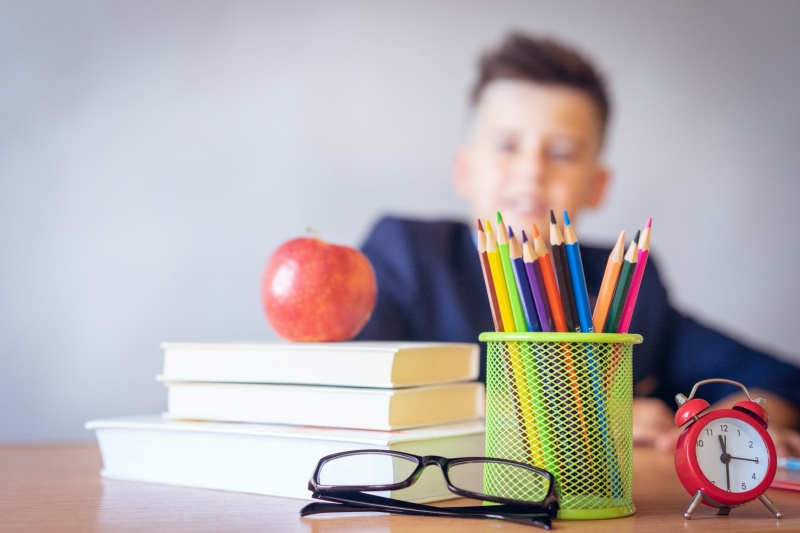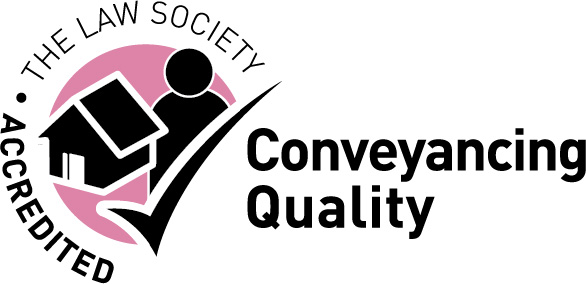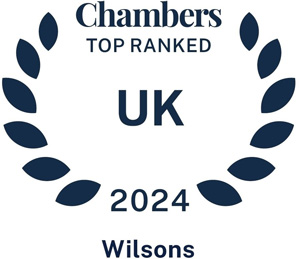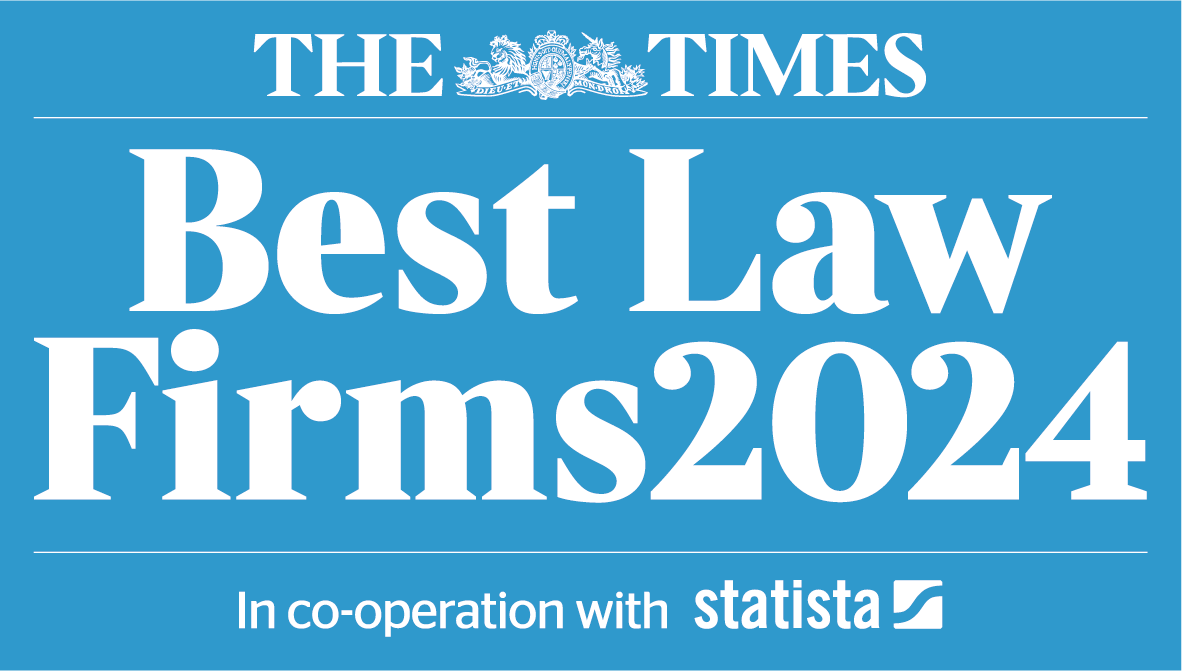Key changes to ‘Keeping Children Safe in Education’ in 2020
3 September 2020

The new KCSIE guidance was published on 1 September 2020 and is available here. Part 1 for all school staff is available here. The non-statutory interim guidance for use during COVID-19 has now been withdrawn.
1. Mental health guidance
The definition of safeguarding has been amended to explicitly state that safeguarding includes "preventing impairment to children's mental and physical health or development" (para 4).
KCSIE 2020 contains significantly more information for schools on how to support children's mental health and wellbeing (paras 34-38). It is unclear whether this is as a direct result of the mental health impact of school closures, or as part of a broader trend towards raising awareness of mental health and ensuring that, where appropriate, this is recognised as a safeguarding issue.
The guidance now gives details of the reasons why children's mental health is such an important factor to be aware of, including that it can be an indicator of abuse or neglect (para 114). It states that schools should have clear processes for identifying possible mental health problems, as well as whether they might be linked to a safeguarding concern. The guidance also refers to additional funding which is to be made available to all state funded schools and colleges by 2025, in addition to the rollout of the Link Programme (para 116) (a government funded programme which delivers mental health training workshops to school staff).
There are also links to other materials, including the 'Mental health and behaviour in schools' guidance and Rise Above, a programme developed by Public Health England to help schools address mental health challenges in pupils.
2. Children with social workers
The guidance adds a small section on how children with a social worker may be at greater risk of harm, due to the increased likelihood that they have experienced some form of abuse or neglect or have complex family circumstances (para 109). These factors leave them more vulnerable to harm, as well as potential educational detriment. The guidance states that local authorities should inform designated safeguarding leads (DSLs) where children have a social worker (para 110). The DSL should use this information to act in the best interests of the child's "safety, welfare and educational outcomes", as well as to inform safeguarding decisions and promote the child's welfare (para 111).
The guidance provides a link to the Children in Need Review, which was published in June 2019 and shows the DfE's findings on the experiences of children in need of help and protection in schools (para 112).
3. Allegations of abuse against staff
The guidance has added two main points in this regard.
Firstly, it has widened the scope of the guidance, so that it should be referred to when anyone working at the school "has behaved in a way that indicates that they may not be suitable to work with children" (para 211). This is in addition to the existing circumstances in which KCSIE must be used, where a member of staff has, or may have, harmed or posed a risk of harm to a child or where they have possibly committed a crime against or related to a child. The addition ensures that the guidance covers transferrable risk, for example where a staff member's misconduct outside of work may not have involved children directly, but may signal an increased risk of them working with children (e.g. domestic violence).
Secondly, the guidance includes a significant amount of new information on safeguarding concerns around supply teachers. The guidance qualifies that, even where a school is not the direct employer of a worker, they still have the primary responsibility to ensure allegations against that worker are dealt with appropriately (paras 213). It also sets out the process which a school should follow if an allegation is made against a supply teacher, including the investigation process, liaising with the supply teacher's agency and holding allegation management meetings (paras 214 to 217).
4. Teaching safeguarding
The previous guidance advised schools to ensure that children were taught about safeguarding. The new guidance contains a section on "Opportunities to teach safeguarding", which states that schools should use Relationship Education (for all primary pupils), Relationships and Sex Education (for all secondary pupils), and Health Education (for all state-funded schools) to form part of the children's education on safeguarding (paras 93 to 95). These types of education will be compulsory from September 2020 for all types of school, with the exception of Health Education, which will not be compulsory for independent schools. The statutory guidance on relationships education can be found here.
KCSIE recommends that, whilst schools should ensure "appropriate filters and monitoring systems" are introduced to guarantee that safeguarding lessons are appropriate for children, they should not impose "unreasonable restrictions" on what children can be taught about safeguarding.
5. Further safeguarding information (Annex A)
The guidance expands on the information it provided previously on Child Sexual Exploitation, Child Criminal Exploitation and county lines. This includes providing examples of these safeguarding concerns, some possible indicators of them, and circumstances in which a child should be referred to the National Referral Mechanism (NRM), which has been developed by the government to support victims of modern slavery, including human trafficking. Schools are not listed as a "first responder organisation" and so cannot directly refer children to this service. Referrals can be made by the police and local authorities amongst others, so multi-agency working will be important in these cases.
In regards to preventing radicalisation, the new guidance introduces a section on terrorism (Annex A) and provides more information on Channel, the voluntary, confidential support programme developed to identify those at the early stages of being recruited into terrorism.
There are also other minor changes. The terminology regarding 'honour based violence' in KCSIE 2019 has been changed to 'honour-based abuse', in recognition of the fact that not all honour-based abuse involves violence.
The definition of 'upskirting' has also been amended to include a reference to The Voyeurism (Offences) Act 2019.
6. Training and responsibilities of DSLs (Annex B)
In regards to the training of DSLs, the new guidance states that the overall aim of training should be to provide the DSL with "a good understanding of their own role, and the processes, procedures and responsibilities of other agencies, particularly children's social care".
The lead responsibility for safeguarding should be explicit in the individual's job description and they should have the appropriate status and authority to fulfil the role in school.
With the return of schools post lockdown, there may be an increased number of reports made.
Sufficient time, funding, training and resources should be provided to ensure staff can undertake their DSL duties.
A further responsibility has been added to the DSL's duties in relation to raising awareness (page 100). They must now help to promote education outcomes by sharing information with other teachers and school staff about the welfare, safeguarding and child protection issues that children (particularly those with social care needs) are experiencing at school.
As a result of this new guidance, schools must update their Safeguarding and Child Protection Policy and take pro-active steps to inform staff of any changes.
For further information and advice please contact Vicky Wilson or your usual Wilsons contact.



